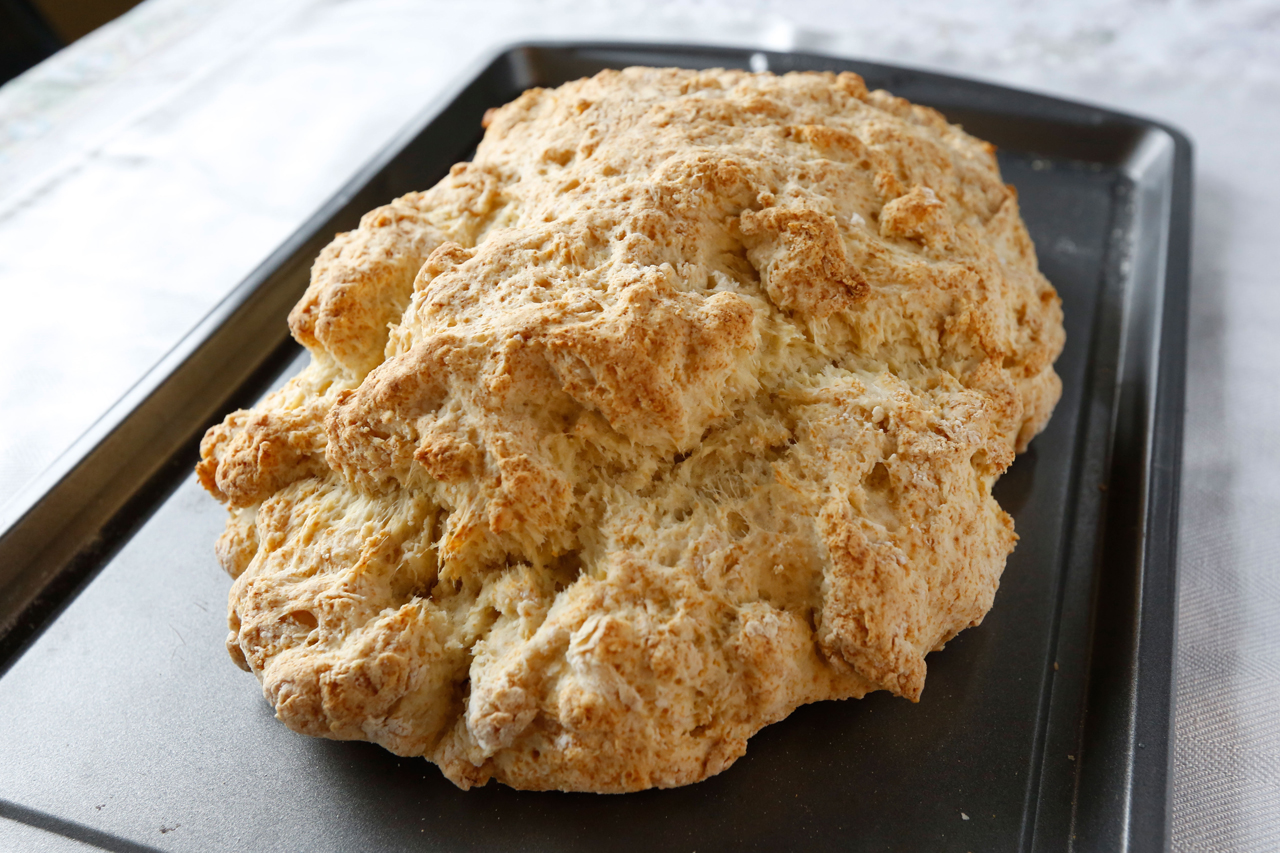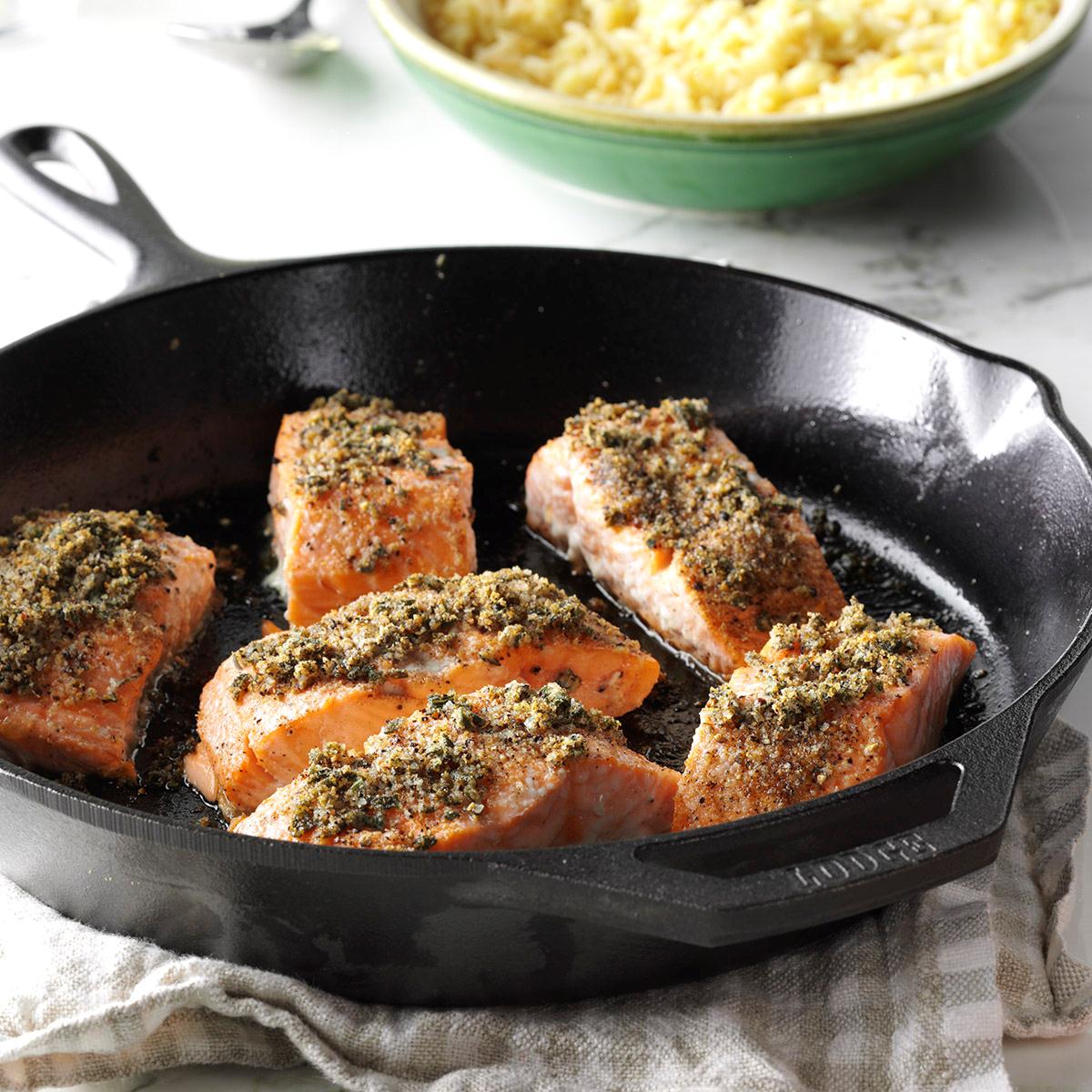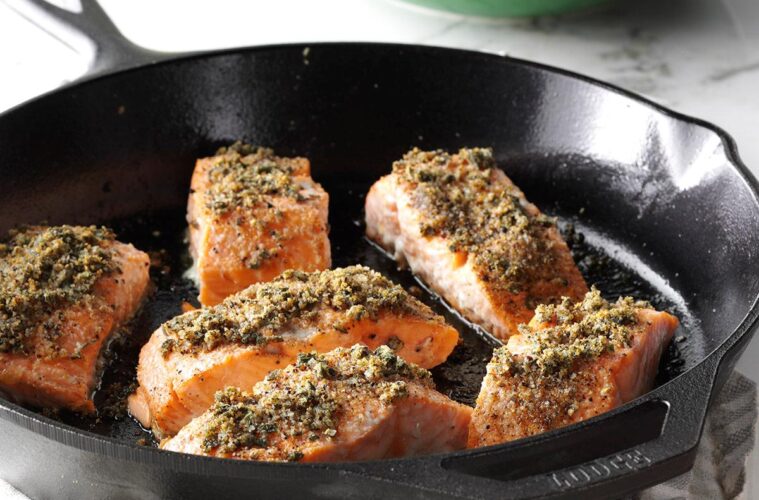Honour and celebrate National Indigenous month by trying out these 3 traditional Indigenous recipes.
The diet of Indigenous peoples consists of animals and plants that were harvested from their environment. All parts of the animals were used, and accompanying celebrations of appreciation were held by many cultures.
These 3 recipes all have delicious ingredients that are directly inspired by the traditional cooking styles of the Indigenous peoples of Canada.
Traditional Bannock

Source: Food Network
Bannock is a famous Indigenous bread, commonly used for survival. This bread could be made with almost anything, thus this bread was often made when their food supply was scarce.
Today it’s served as a delicious treat and it can be baked, grilled or fried! This recipe takes less than five minutes to prepare. Feel free to add berries, or swap the flour for whole-grain flour to make it healthier.
Ingredients
6 cups (1.5 L) flour
6 Tbsp (90 mL) baking powder
3 ½ cups (875 mL) milk, warmed
¼ cup (60 mL) vegetable oil
Instructions
- In a large bowl, mix flour, baking powder, milk and oil. Stir until dough comes together in a ball; do not overmix. Shape into a rough oval; place on a baking sheet or oven-safe casserole dish.
- Bake in 400°F (200°C) oven “until a beautiful golden brown,” about 30 minutes.
- Serve warm or cooled.
Three Sisters Soup

Source: Wandering Wagars
The Three Sisters Soup is one of the most traditional Indigenous meals in Canada. The Three Sisters are represented by corn, beans, and squash; these three vegetables can be found at the heart in many traditional Indigenous recipes. There was an abundance of these vegetables and the Indigenous peoples often centred their agriculture systems around them.
Ingredients
2 cups canned and drained white or yellow hominy corn (can be substituted with regular corn)
2 cups trimmed and snapped fresh green beans
2 cups peeled and cubed butternut squash
1 1/2 cups peeled and diced white or yellow potatoes (can be substituted with sweet potatoes)
5 cups water.
1 1/2 tbsp chicken bouillon granules
2 tbsp melted butter
2 tbsp all-purpose flour
1/4 tsp pepper
Instructions
- In a large pot combine the hominy, green beans, squash, and potatoes.
- Add water and chicken bouillon.
- Bring to a boil. Then reduce heat to low and simmer until vegetables are soft (approx. 10 minutes).
- Melt butter and blend it with the flour. Stir mixture into the soup.
- Increase heat to medium and cook until soup thickens (approx. 5 minutes).
- Season with salt and pepper and serve.
Preserved Wild Salmon with Garlic + Sage

Source: Taste of Home
This recipe pays homage to the First Nations folks who would fish for this delicious food source. It’s low in fat, high in omega-3‘s, and is incredibly tasty!
This makes a great appetizer for your house guests and is served well with pickled red onions, capers or olives on crackers.
Ingredients
Cure:
2 lbs wild salmon fillet, skin removed
4 tbsp pink Himalayan salt, or kosher salt
6 tbsp sea salt, or coarse salt
6 tbsp maple sugar
Preserve:
6 shallots, thinly sliced
4-6 garlic cloves (1 per jar)
4-6 bay leaves (1 per jar)
Fresh sage leaves (2 per small jar, 4 per medium jar)
Sprigs fresh thyme (1 per small jar, 4 per medium jar)
1 tbsp black peppercorns
2 tbsp juniper berries
2 tbsp coriander seeds
2 tbsp apple cider vinegar per jar
2 cups olive oil, or enough to cover each jar as the final step
Preparation
- Cut the salmon fillet on a bias into thin slices.
- Combine the salt and maple sugar in a small (non-reactive) bowl with the salmon.
- Cover with cheesecloth and place a heavy pot, pie weights or something else on top to weigh it down.
- Place in the fridge to cure for 12 – 24 hours. The fish is cured when it’s firm to the touch throughout.
- Thoroughly rinse the salmon slices under running water and pat dry.
- Place them in mason jars and layer with the remaining ingredients to preserve, alternating the fresh herbs and spreading the rest of the ingredients evenly throughout, adding the oil last until fully covered.
- Seal and store in the fridge for at least a day to let the ingredients infuse.
Click here to read about Simple Foreign Recipes that You Can Easily Make at Home!


